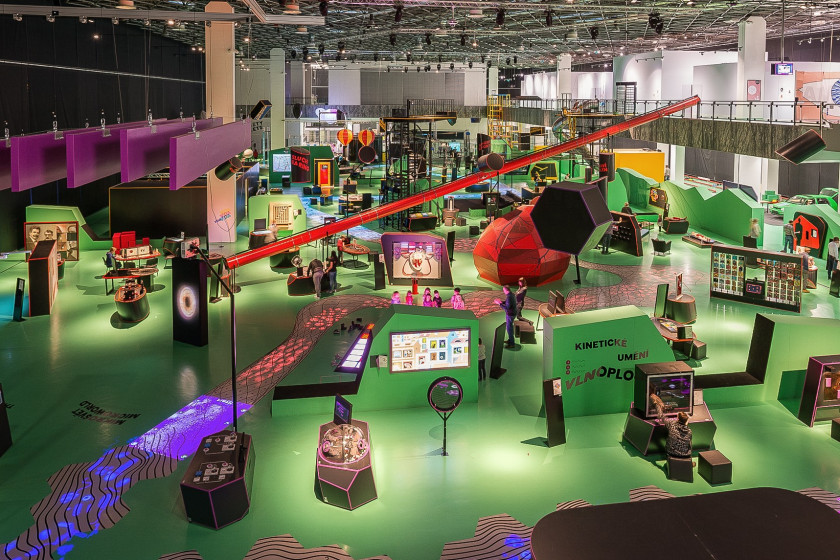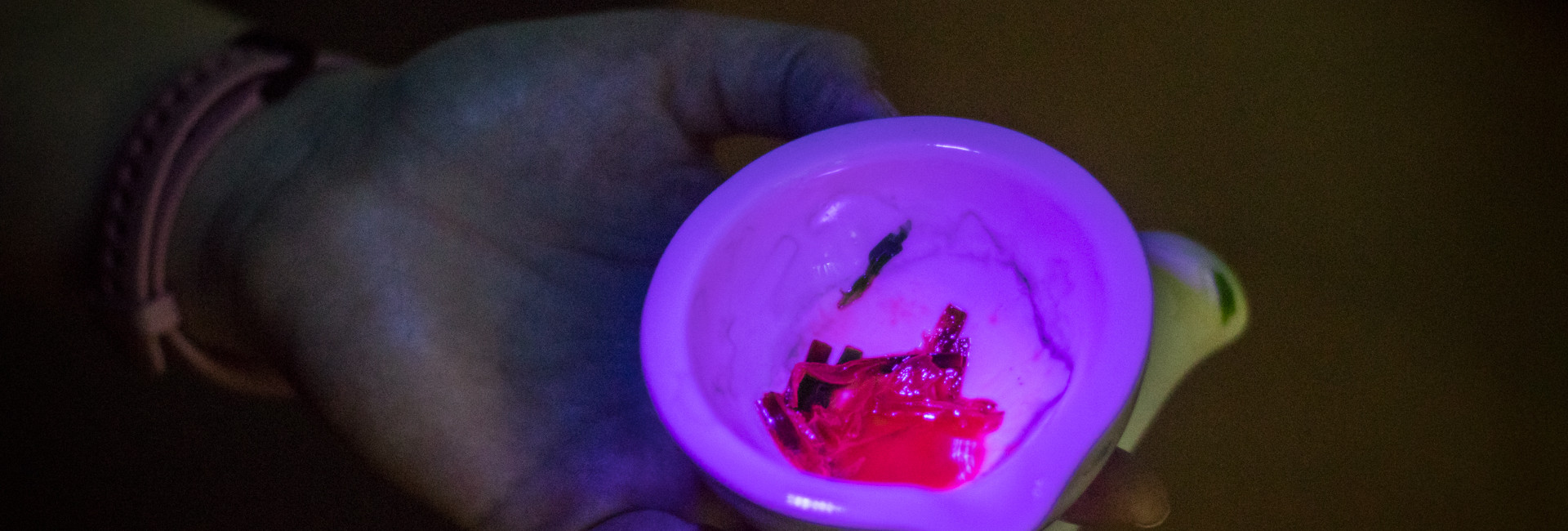
Chlorophyll fluorescence
Shining a light on chlorophyll
Chlorophyll is a green pigment found in green plants, cyanobacteria and some algae. During photosynthesis, it absorbs light energy and uses it to synthesize carbohydrates from carbon dioxide and water. Chlorophyll is green because it absorbs the blue and red wavelengths of the light spectrum and reflects the rest, making green the basic colour of all photosynthesising plants. In this experiment, we explore another of chlorophyll's interesting properties – its ability to fluoresce.
What you need
- a mortar and pestle (or just a regular bowl and spoon will suffice)
- plant material (e.g. ordinary grass or chives)
- ethanol
- a UV torch
Procedure
1. First tear the plant into smaller pieces.
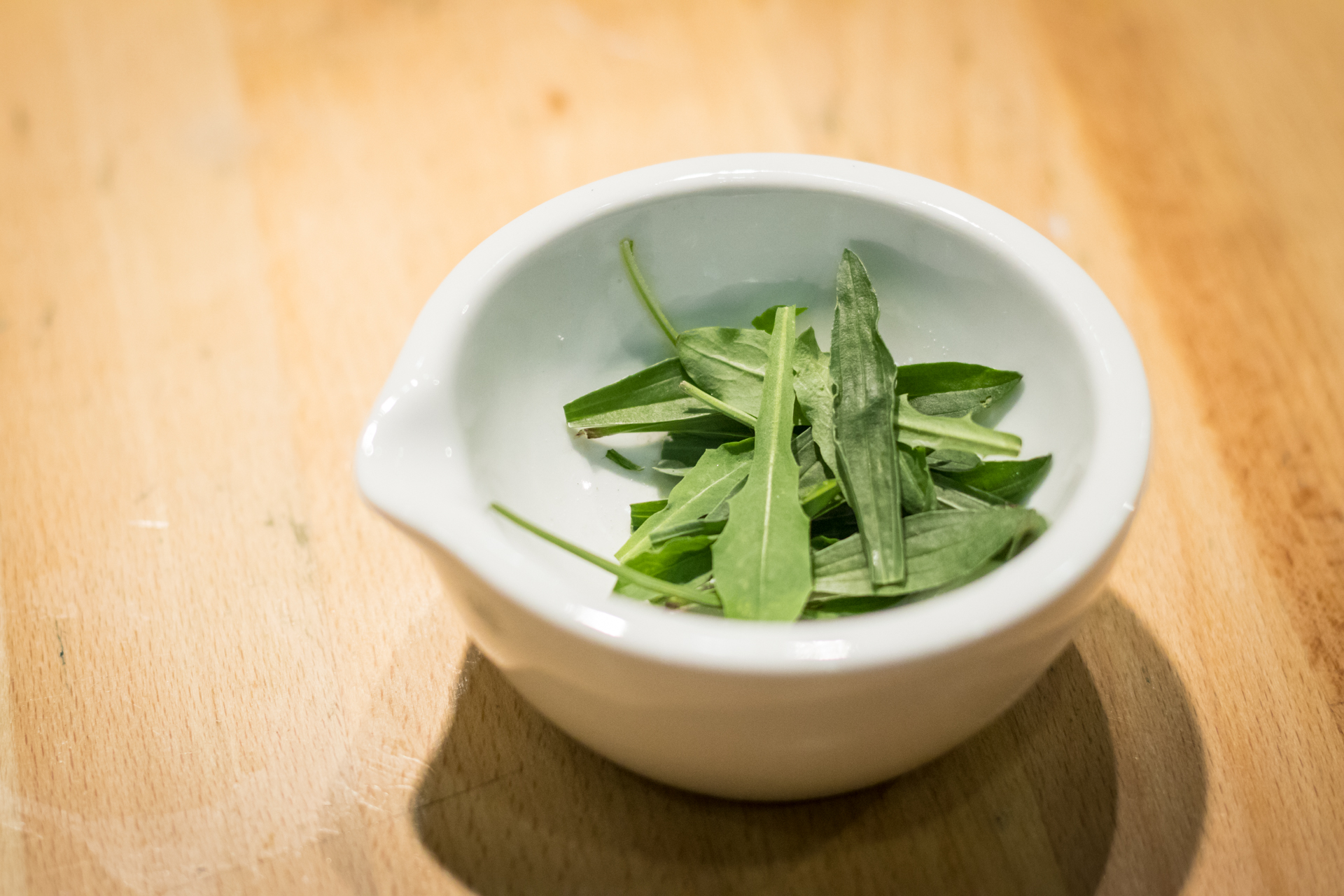
2. Grind the leaves with the pestle (or spoon) to release the green dye.
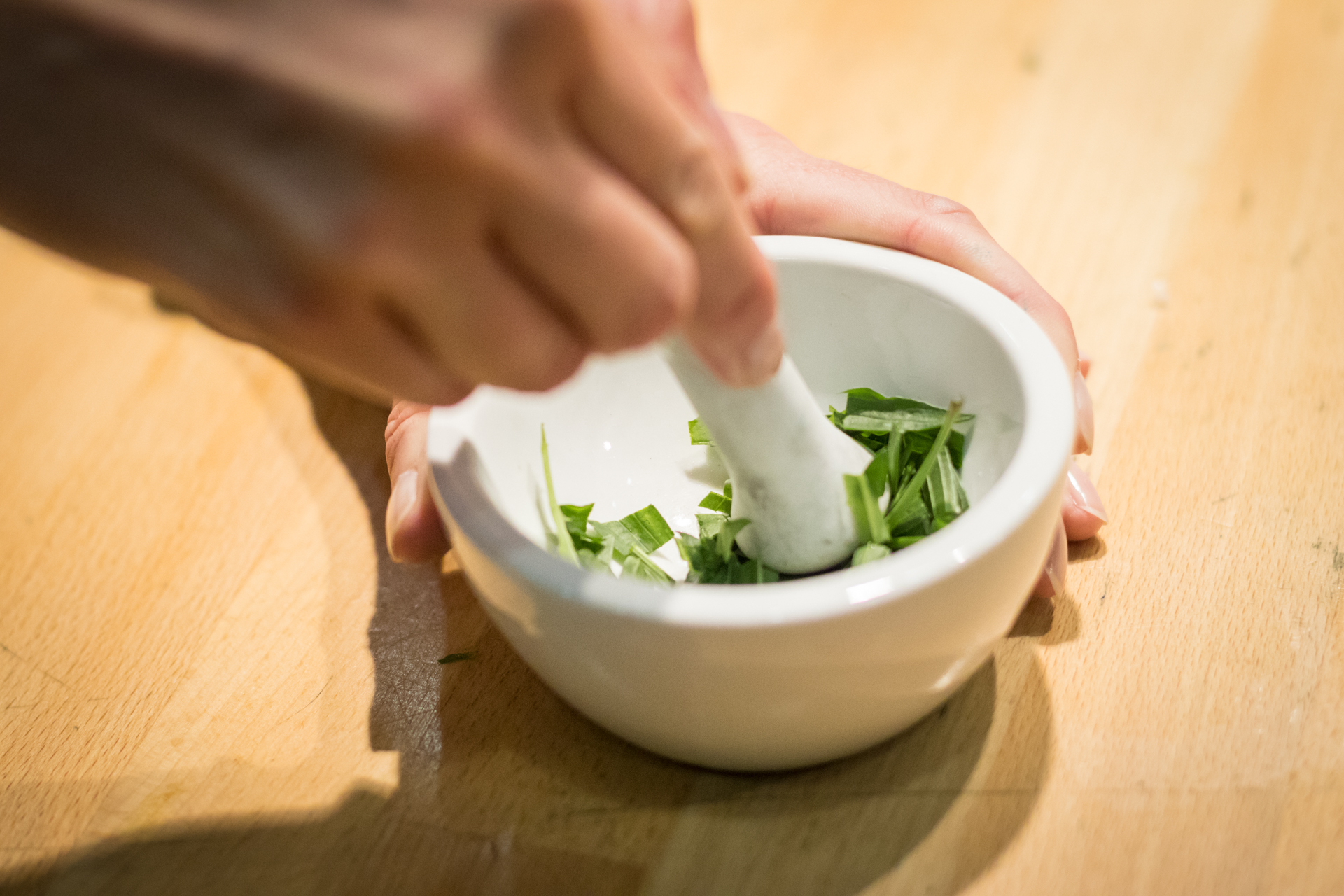
3. Add a little ethanol to the bowl.
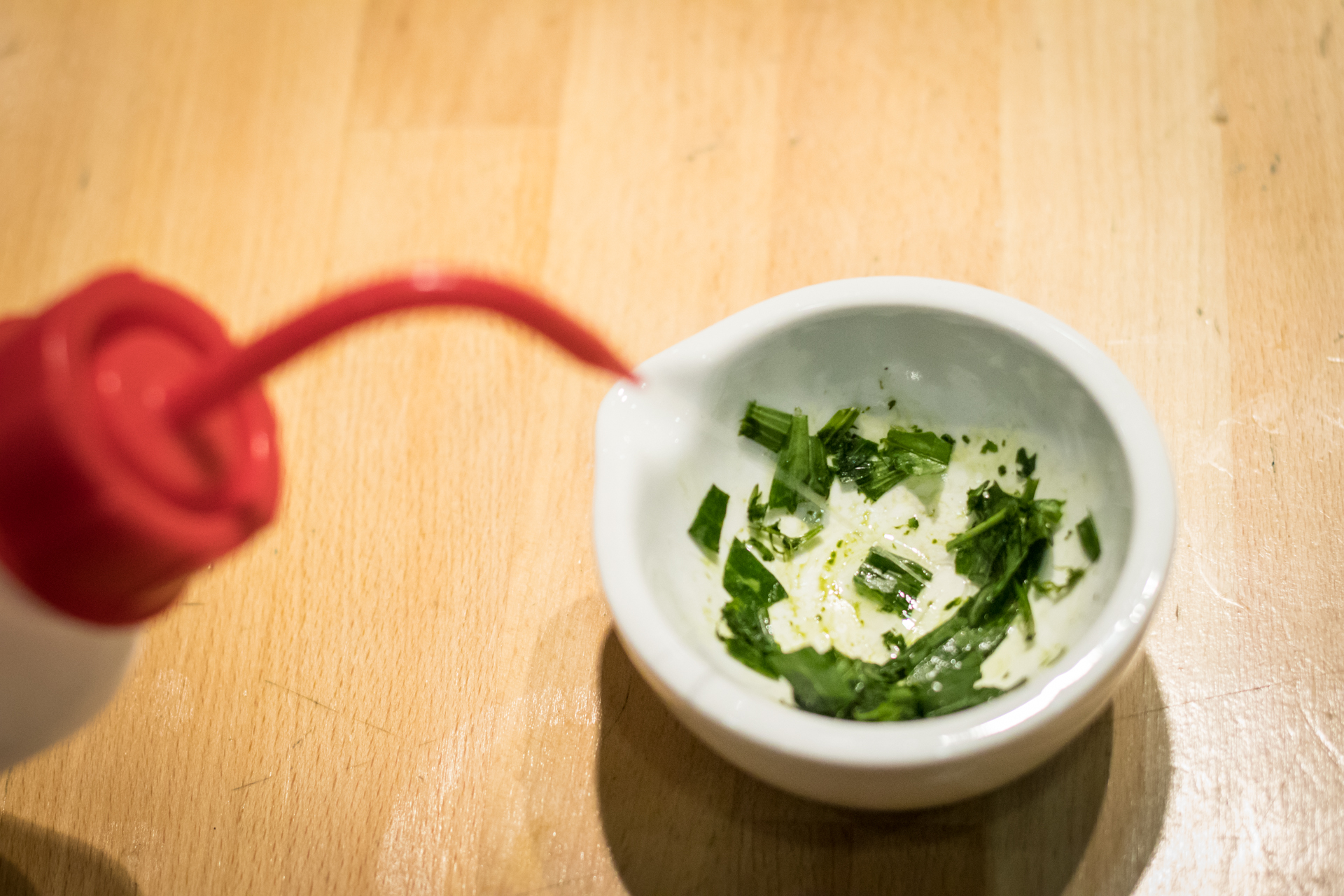
4. When you have finished grinding, turn off the light and shine a UV torch on the chlorophyll solution. Ethanol triggers the release of chlorophyll from the cells and also stabilises it so it doesn't break down as much.
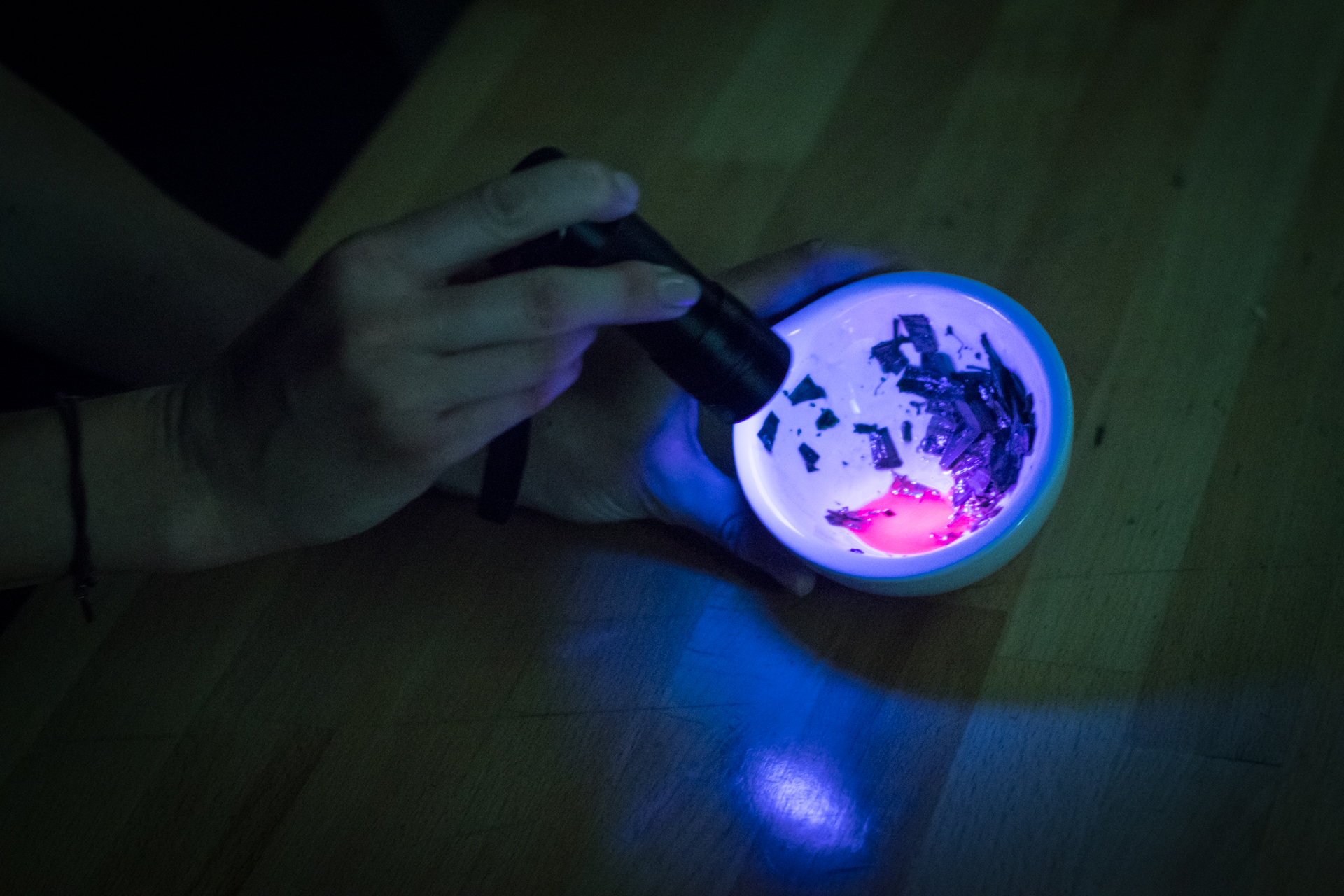
Explanation
The phenomenon we see when shining a UV torch on it is called fluorescence. The substance absorbs the UV light, but because it contains too much energy, it needs to get rid of it somehow, and so it radiates that excess energy as visible light.
See more experiments with Mendel here.
Hlavní informace
- You can try these experiments anywhere.
-
Most of the time, all you need is what you already have at home.
-
So let’s get started—your experiments are waiting!
